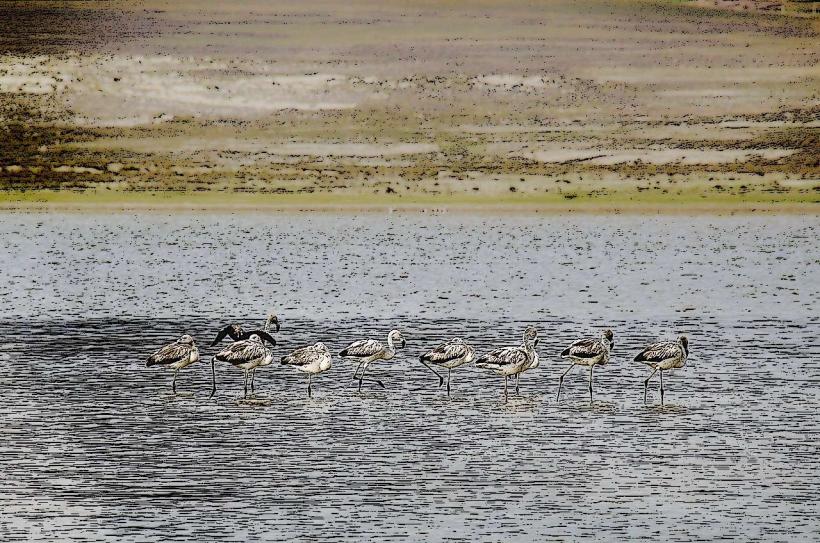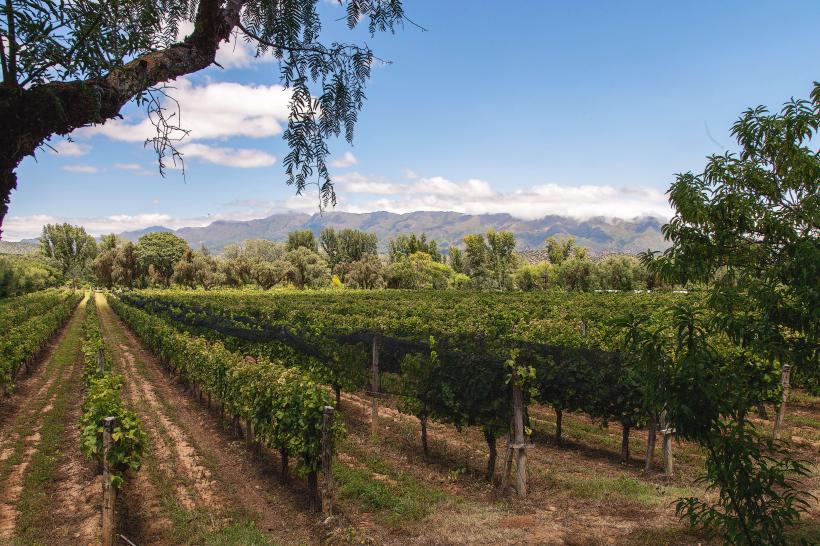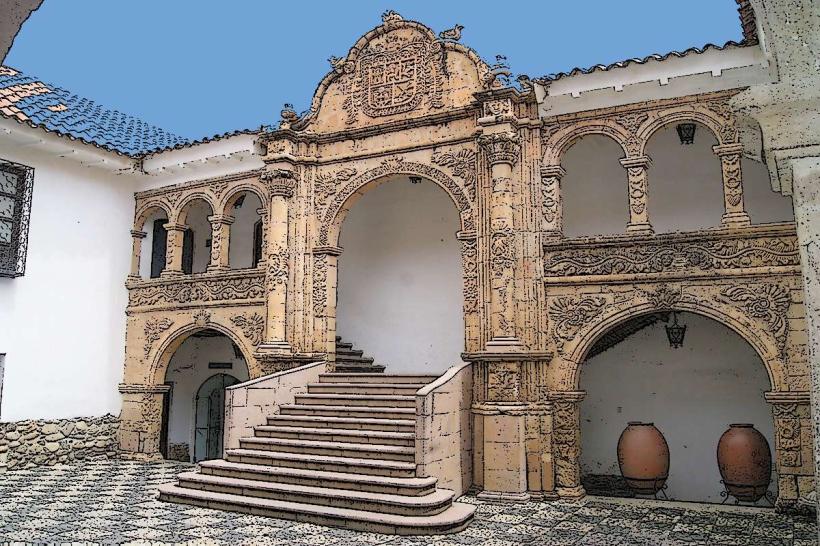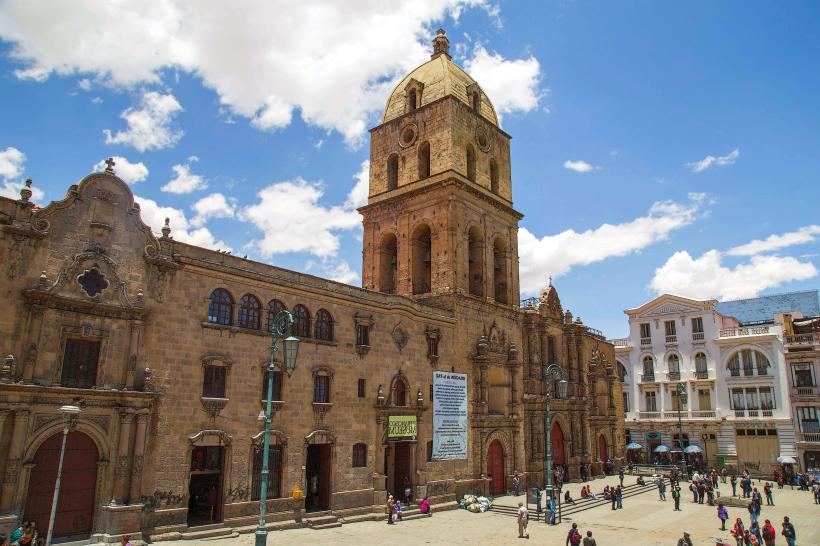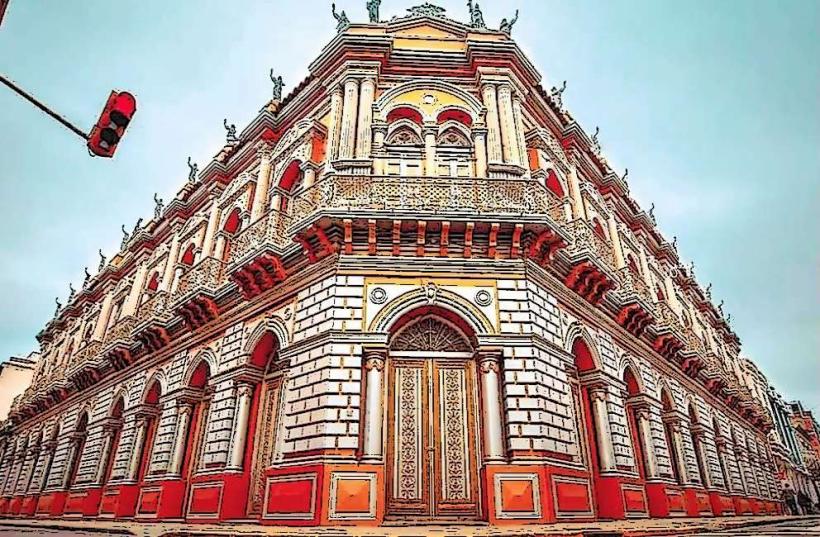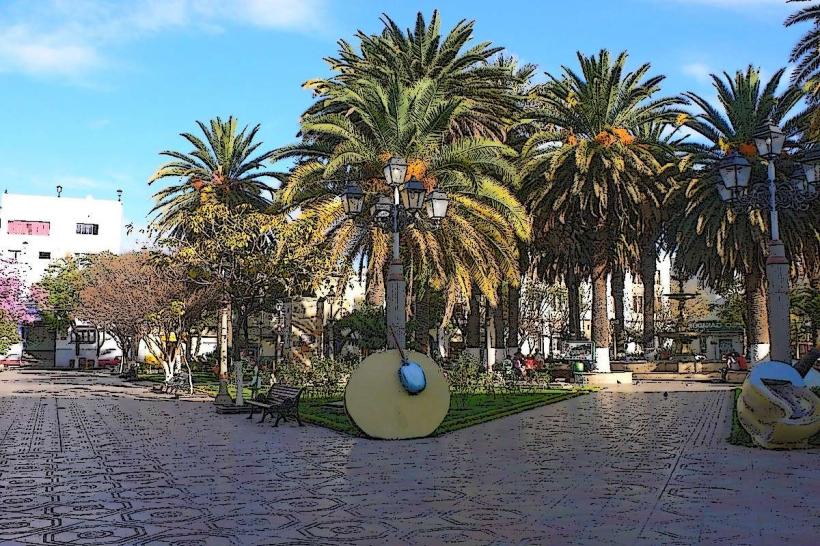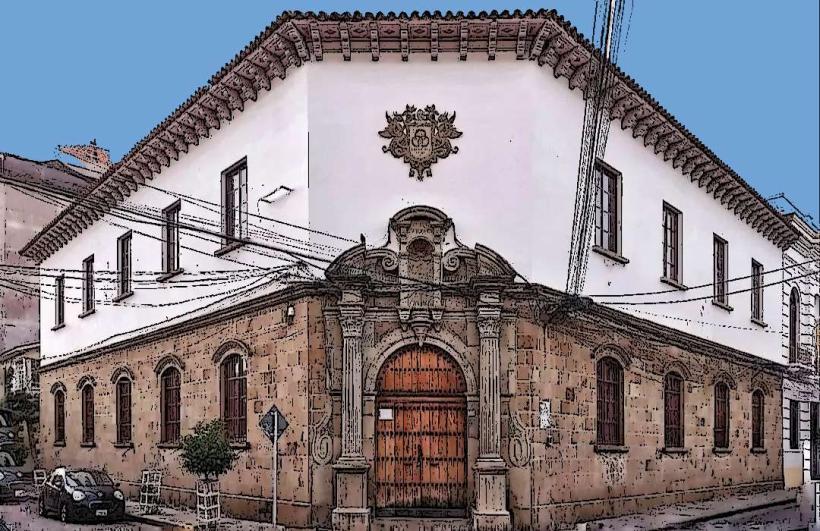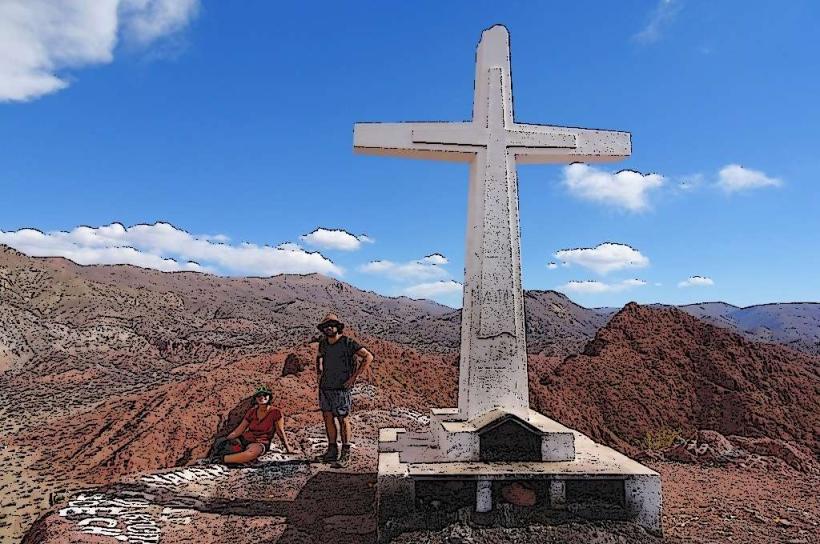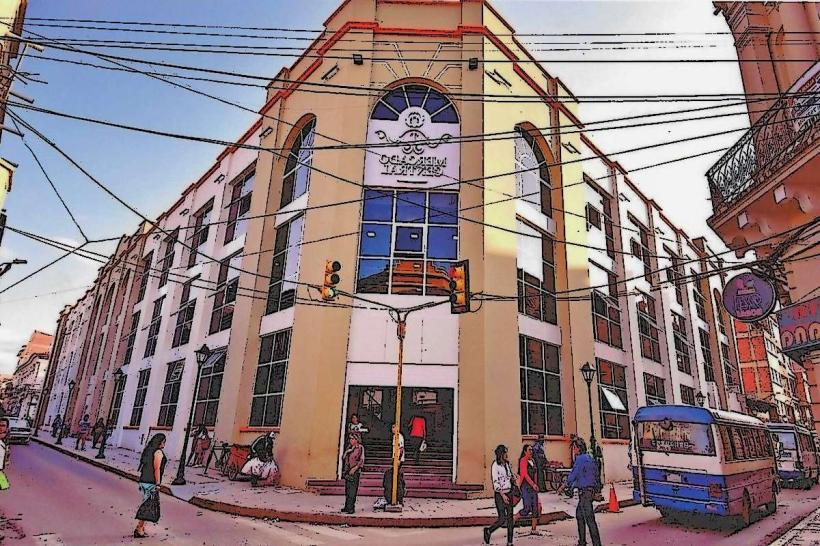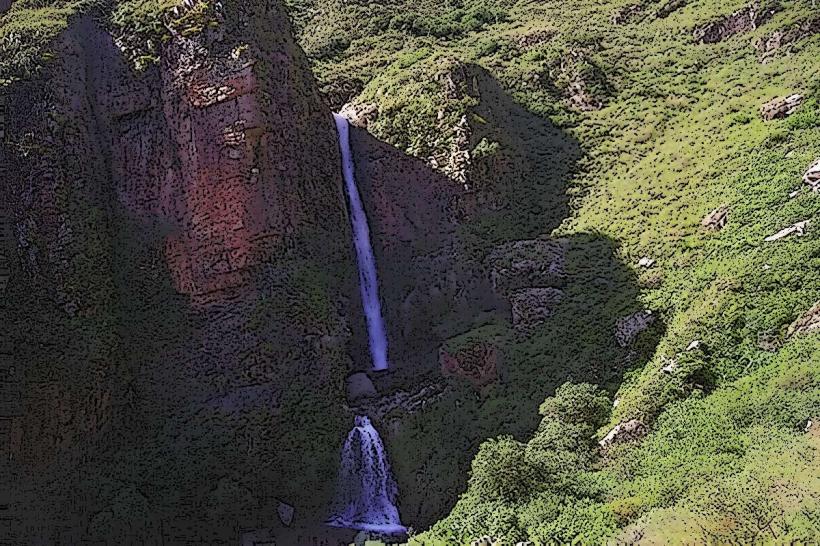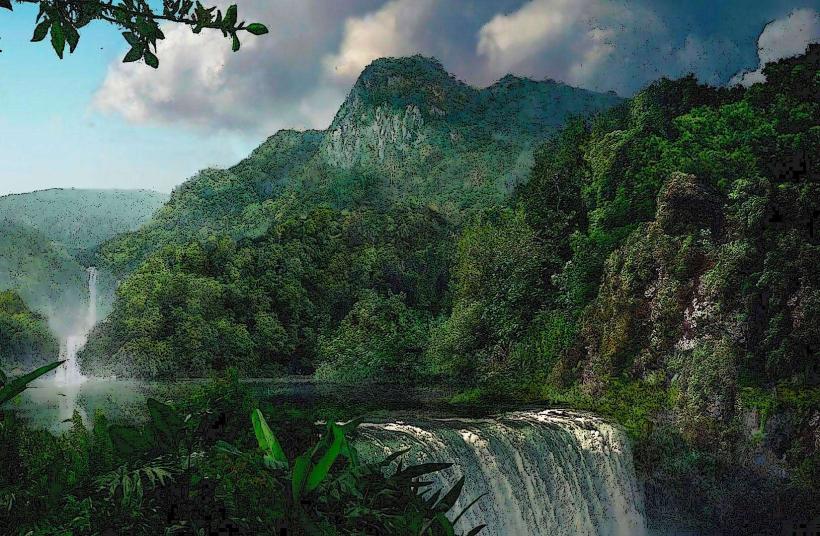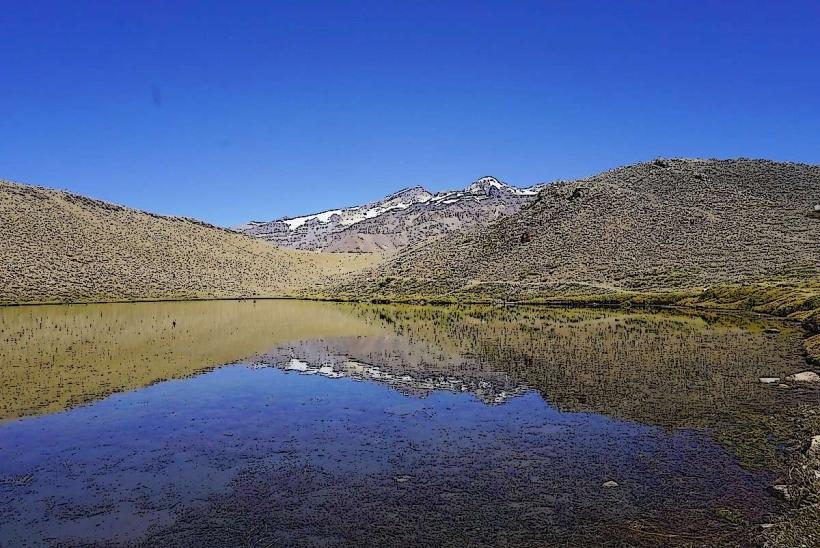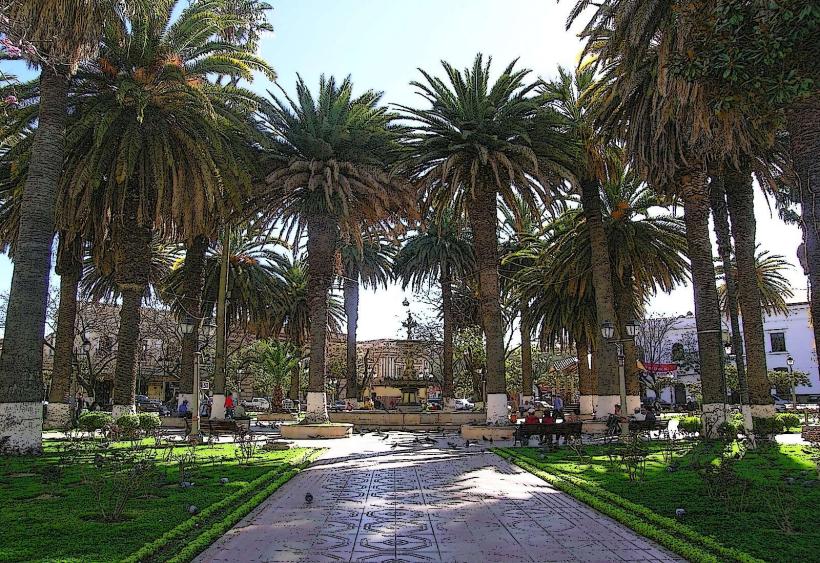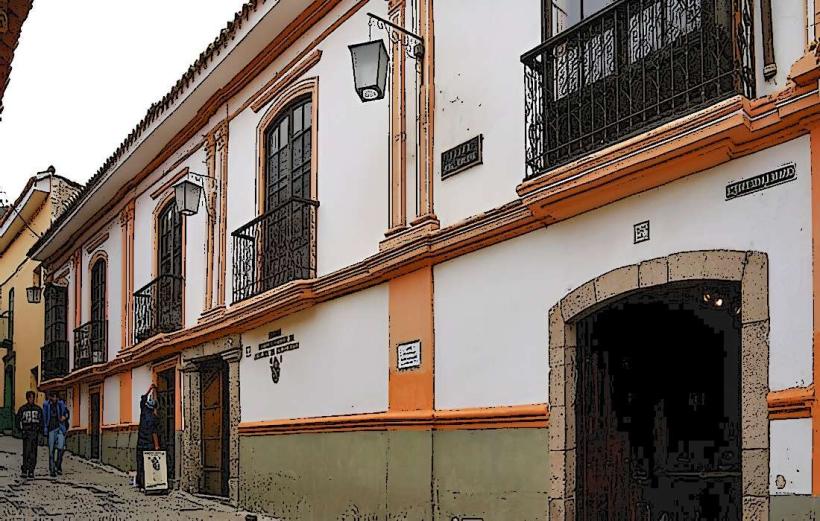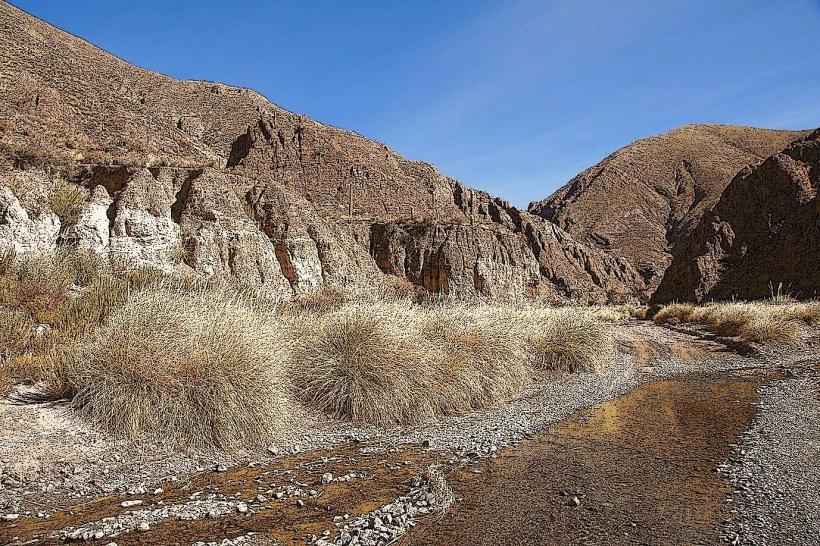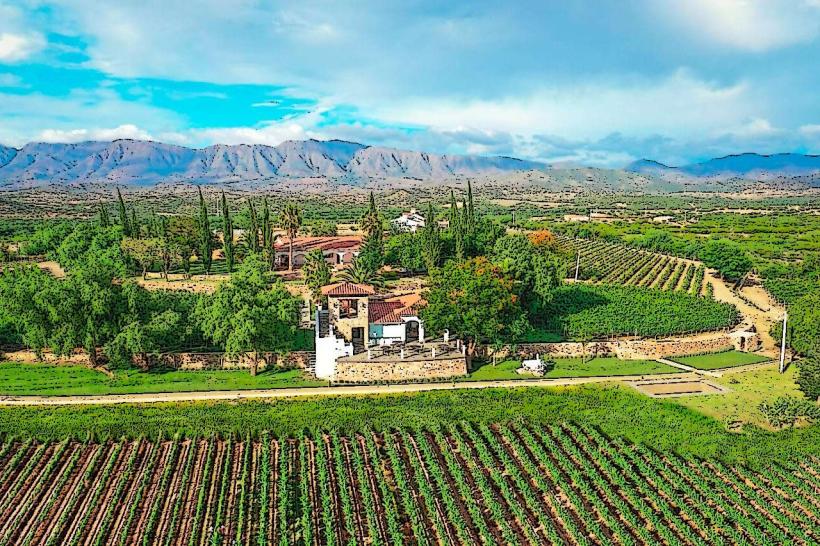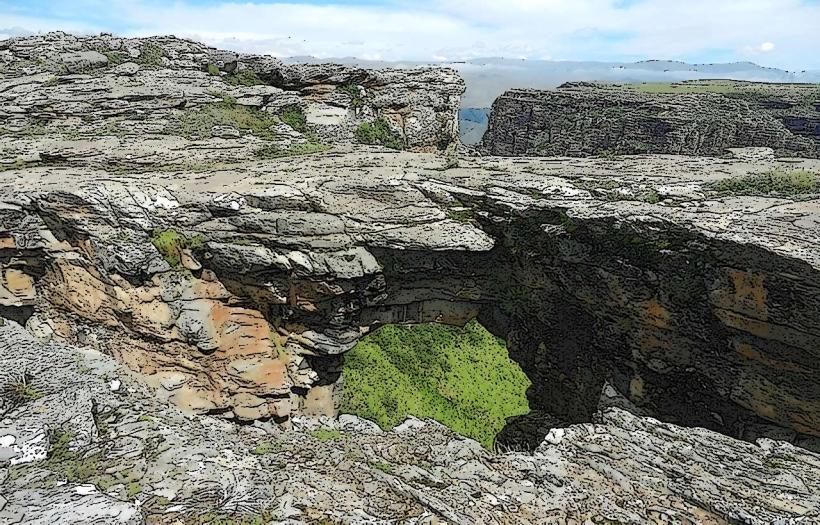Information
Landmark: Ruta del VinoCity: Tarija
Country: Bolivia
Continent: South America
Ruta del Vino, Tarija, Bolivia, South America
Overview
The Ruta del Vino in Tarija, Bolivia, winds through the nation’s most celebrated wine country, where sunlit vineyards stretch toward the mountains and each stop offers a taste of its rich culture.Along this route, visitors wander through sunlit vineyards, step into working wineries, and duck into small artisanal bodegas, soaking up the distinctive winemaking traditions of Bolivia.Tarija’s wine scene stands out for its lofty vineyards, perched between 1,600 and 2,850 meters above sea level-so high the air feels crisp and the sunlight sharp.Thanks to its mild climate, rich soil, and winemaking traditions that go back centuries, the region turns out wines with bold, memorable flavors and aromas-especially Tannat, its hallmark grape with a deep, inky hue.Wine-making in Tarija began in the 16th century, when Spanish missionaries planted the region’s first grapevines in the dry, sunlit soil.Over the centuries, local winemakers shaped European methods to suit Tarija’s thin, high-altitude air, crafting bold wines with distinctive flavors that linger like sun-warmed grapes on the tongue.Today, Tarija stands as Bolivia’s leading wine region, home to both sprawling industrial wineries and tiny artisanal bodegas where the air smells faintly of crushed grapes.Along the Ruta del Vino, you’ll find sleek modern wineries, cozy boutique bodegas, and sun‑warmed vineyards where you can wander through barrel rooms, sip freshly poured vintages, and uncover the craft behind each bottle.First.These large, modern wineries rely on advanced technology to craft high-quality wines, from crisp whites to bold reds, for both national and international markets.Campos de Solana is one of Bolivia’s most prestigious wineries, celebrated for its premium wines and silky, well-balanced blends.They offer guided tours that take you through the vineyards, past the hum of the fermentation tanks, and into the cool, oak-scented barrel rooms.Crafts award-winning Tannat, Malbec, Syrah, and Chardonnay wines, each with flavors as vivid as ripe summer berries.Kohlberg is Bolivia’s largest and best-known winery, sending bottles of its rich reds and crisp whites to tables all over South America.Blends time-honored techniques with fresh innovations to craft wines that pour silky and release a warm, inviting aroma.It’s best known for its Cabernet Sauvignon, Merlot, and the crisp, floral Torrontés.Number two.Boutique wineries and artisanal bodegas pour wines made by hand, inviting you into spaces where you can smell the oak barrels and talk directly with the winemaker.Bodega Aranjuez is famous for its bold Tannat wines, rich with dark cherry notes, and they’ve taken home awards from competitions around the world.You can wander between the neat rows of vines, sip rich reds in a cool, stone cellar, and enjoy them alongside hearty local dishes.La Casa Vieja is a historic, family-run winery that still crafts its wine with centuries-old techniques, letting the scent of oak barrels fill the air.You’ll enjoy the charm of traditional clay fermentation pots, sturdy wooden wine presses, and the warm kick of homemade grape spirits.They pour patero wine, a traditional style made by grape-stomping, and top it off with Singani, the region’s well-known spirit.Number three.Along the route, vineyards stretch across rolling hills, with rivers glinting in the sun and valleys unfolding below, offering a stunning escape for wine lovers and nature enthusiasts alike.Thanks to the region’s high altitude, these wines brim with concentrated aromas, silky tannins, and crisp acidity-like the snap of a just-picked apple-setting them apart from those grown lower down.At the wine tasting, visitors sip their way through reds, whites, and rosés while expert sommeliers point out notes like blackberry, citrus, or fresh-cut herbs.Plenty of wineries host wine-pairing events, matching their finest bottles with creamy cheeses, smoky cured meats, and hearty traditional Bolivian dishes.The Ruta del Vino also shines a spotlight on Singani, Bolivia’s own distilled grape spirit, smooth and fragrant like fresh white blossoms on a warm evening.Made from fragrant Muscat of Alexandria grapes, this bold liquor forms the heart of Chuflay, a beloved Bolivian cocktail often served with a crisp fizz.Local wineries and vineyards pair their wines with regional favorites, like Saice Tarijeño-a rich beef stew served with tender potatoes and fluffy rice.Humintas-sweet, tender corn cakes steamed in their own husks, with the faint smell of fresh maize.Tamales Tarijeños-Bolivian-style tamales wrapped in corn husks, packed with soft cornmeal, tender meat, and a warm kick of spices.The best time to explore the Ruta del Vino is between March and May, when La Vendimia fills the air with the scent of ripe grapes and the vineyards hum with harvest.The Festival de la Vendimia bursts to life in Tarija, honoring its winemaking heritage with rich Malbec tastings, lively folk tunes, and swirling traditional dances.So, why make the trip to the Ruta del Vino?Sip your way into Bolivia’s high-altitude winemaking tradition, where the thin mountain air sharpens every drop.Savor rare wines you’d be hard-pressed to find beyond Bolivia, like a deep red that smells faintly of wild plums.Wander through rolling hills and pause among rows of sunlit vines heavy with grapes.Discover what makes Tarija’s wines distinct, from their bright, sun-warmed flavor to the rich history of the local wineries.In the end, the Ruta del Vino in Tarija offers wine lovers, food enthusiasts, and curious travelers an unforgettable journey, from sipping deep red vintages to savoring warm bread fresh from a clay oven.Set among high-altitude vineyards and small, handcrafting wineries, it gives you a true taste of Bolivia’s wine heritage-rich, earthy, and steeped in history.

